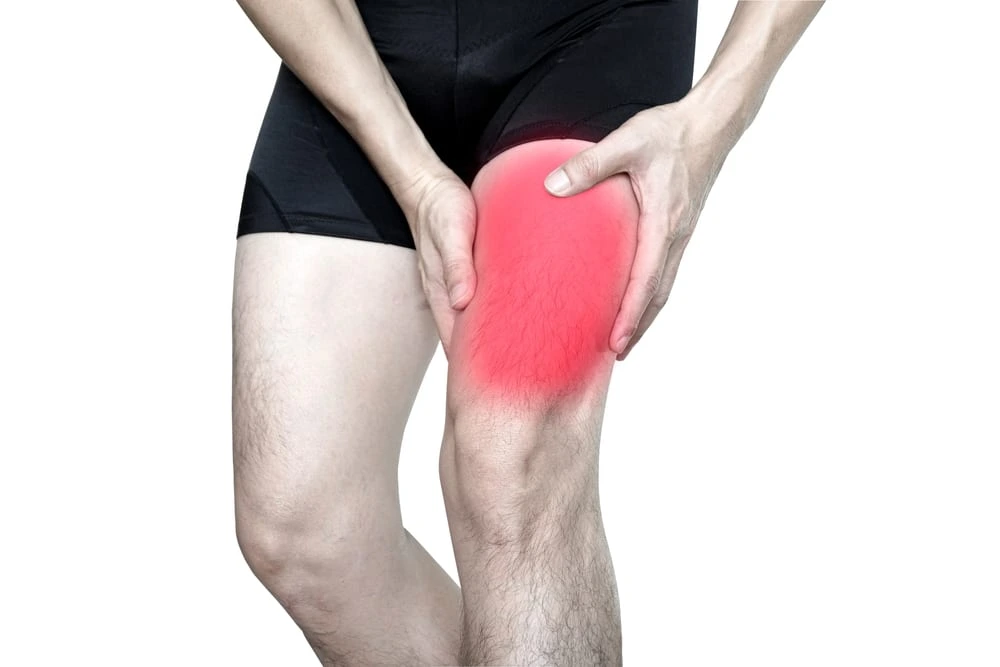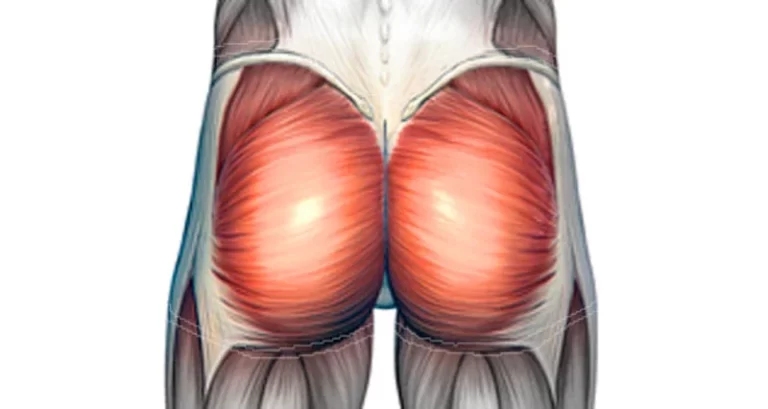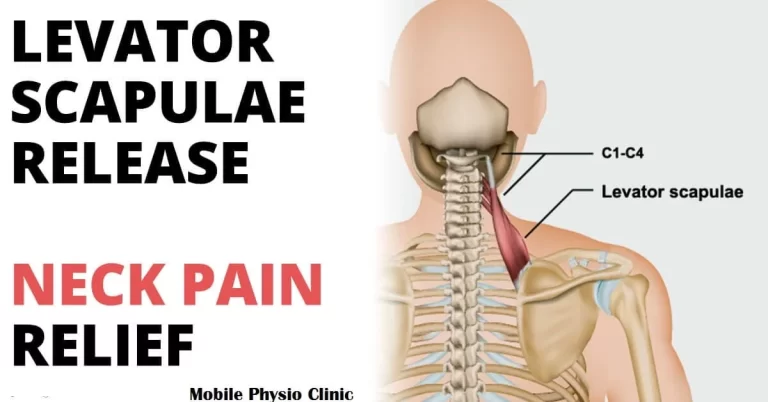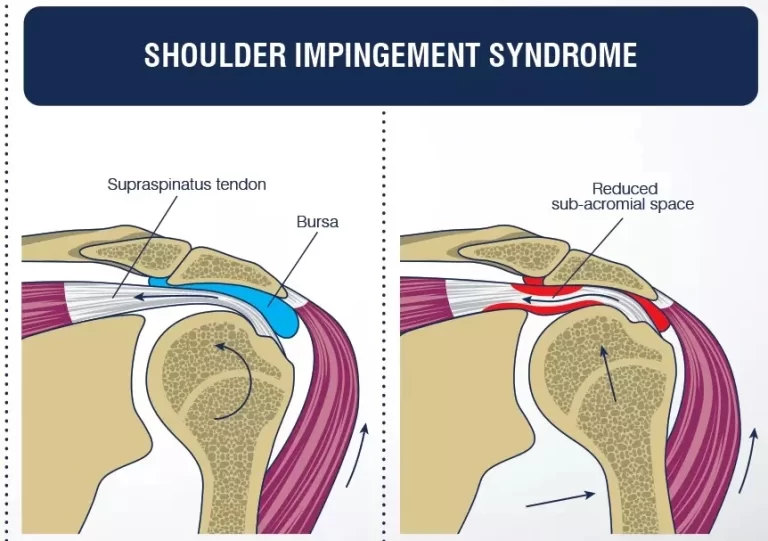Quadriceps Strain
Table of Contents
What is a Quadriceps Strain?
A quadriceps strain refers to an injury that affects the quadriceps muscles, a group of four muscles located at the front of the thigh. These muscles play a crucial role in various leg movements, including extending the knee and flexing the hip. A strain occurs when the fibers of the quadriceps muscles are stretched or torn, often resulting from sudden movements, overuse, or excessive force placed on the muscles.
Common symptoms of a quadriceps strain include pain, swelling, and difficulty in moving the affected leg. The severity of the strain can range from mild discomfort to a more serious injury involving partial or complete tearing of the muscle fibers. Treatment typically involves rest, ice, compression, and elevation (RICE), along with physical therapy to aid in the recovery process.
It is essential to seek medical attention for an accurate diagnosis and appropriate management to prevent complications and promote optimal healing. Understanding the causes, symptoms, and proper care for quadriceps strains is crucial for individuals engaged in physical activities and sports to minimize the risk of such injuries.
Related Anatomy
The vastus lateralis (the most outside), vastus medialis (the most medial), vastus intermedialis (center), and rectus femoris (which sits above the others) are the four strong muscles that make up the quadriceps. They are situated on the front of the leg.
The quadriceps tendon connects all four “vastus” muscles, which attach to the kneecap, from the top, front portion of the thigh, with the rectus femoris originating from the front of the pelvic bone. The femoral nerve supplies these four muscles.
As the knee joint’s extensors, the four quadriceps muscles enable the knee to straighten and carry out functional tasks like getting up from a seated posture and climbing and descending stairs, as well as motions like kicking, jumping, and squatting.
Because these muscle groups perform such powerful, large-scale movements, they are prone to injury. These injuries can occur in the muscle mass, as a strain or tear, or closer to the kneecap, where the quadriceps tendon connects the four muscles to the kneecap.
Epidemiology
- Running: a possible cause of RF strain
- Athletes frequently have quadriceps injuries because this muscle is vulnerable to stresses in circumstances requiring quick movements, as in several sports.
The muscle most frequently injured in quadriceps injuries is the rectus femoris (RF). It is predisposed to RF by crossing two joints, having a large proportion of Type II fibers, and having a complicated musculotendinous architecture.
- The vastus intermedius muscle is most frequently injured by contusions, whereas vastus muscle injury is the least common.
- Ruptures of the quadriceps tendon are a rare and severe disease that primarily affects elderly men.
Causes of Quadriceps Strain
Quadriceps acute strain injuries frequently happen as follows:
- in sports like football, rugby, and soccer that frequently call for a quick, strong eccentric contraction of the quadriceps to control knee flexion and hip extension.
- when an eccentric contraction results in strong stresses being applied across the muscle-tendon units.
- when a muscle that is maximum stretched is activated or excessively passively stretched.
- When a muscle becomes worn out
When there is a quadriceps strain, there are often three mechanisms of injury:
- abrupt leg deceleration (such as kicking)
- forceful quadriceps contraction (such as running), and
- a sudden abrupt change of direction that causes an overextended muscle to decelerate quickly.
Grading of Quadriceps Strain
- The degree of the damage is usually used to characterize muscle strains.
- Mild strains are classified as grade I. Little tears or breaks in muscle fibers result in a little discomfort. Muscle strength is usually unaffected by Grade I strains.
- More muscle fibers are broken, there is some loss of muscular strength, and there may be anatomical abnormalities in the muscle with grade II strains, making them more severe. significant strains, or grade III injuries, result in significant discomfort, physical deformities, and a loss of muscular strength.
What Causes a Quadriceps Strain?
- Strains to the quadriceps are usually the result of physical exercise, although they can also happen when something hits the thigh hard.
- Quadriceps strains can occur in anybody who is playing sports, working out at a gym, or just stretching their legs, although they are more common in athletes and runners.
- There are specific workouts and physical activities that increase the risk of a quadriceps strain. These actions include: running, either alone or while participating in a sport; stretching the muscle excessively, as in a warm-up stretch; leaping, as in soccer balls or footballs; and kicking, as in soccer balls or footballs.
- Some elements increase the risk of quadriceps strains; managing these factors can help avoid injury. Your risk of straining your quadriceps may rise if you have muscle tightness, weakness, or exhaustion. Quadriceps strains may be avoided by warming up before a workout, conditioning the quad muscles, adhering to a progressive training regimen, and allowing time to recuperate after exercise.
Symptoms of Quadriceps Strain
Symptoms can differ because the quadriceps muscles extend across the front of the leg and are attached to different muscles and tendons at the hips and knees.
Typical signs of a quad strain might be:
- Thigh pain and swelling Visible bruises or inflammation
- Knee pain during bending and straightening
- weakened legs and a narrower range of motion
- Sharp discomfort with sprinting, jumping, or kicking
- Tightness or discomfort in the hip flexors
Diagnosis
The majority of muscle injuries may be diagnosed with a complete medical history and physical examination.
The clinical history of quadriceps muscle strains can vary, presenting with nonspecific pains or thigh enlargement and a varying strength deficit to acute thigh and/or hip discomfort associated with movements.
Direct probing often reveals tenderness, and pain is typically induced by resisting and extending muscular action.
Imaging, specifically MRI and ultrasound, can reveal details on the kind, severity, and prognosis of the muscle damage.
Examination
A detailed examination comprising observation, palpation, strength testing, and motion evaluation should come after a complete history has been taken.
- Observation: The therapist will examine the affected region closely, paying special attention to any swelling or bruises. To spot any irregularities in the patient’s posture, they should also watch them when they walk and stand. They could exhibit a glaring abnormality, such as a bulge or flaw in the abdominal muscles.
- Palpation: The quadriceps muscle should be palpated along the length of the aponeuroses and the muscles themselves. Identification of any swelling, thickening, soreness, defects, or lumps that may be present is necessary. If the fascial membrane around the compartment is stiff and the discomfort is out of proportion to the clinical circumstances, acute compartment syndrome should be taken into consideration.
- When measuring quadriceps strength, resistance to hip flexion and knee extension should be included. Resisted knee extension with the hips flexed and extended is a necessary component of rectus femoris strength assessment that is adequate.
- In practical terms, this is best achieved by assessing the patient when they are both seated and prone-lying. The best way to evaluate the flexibility and range of motion of the quadriceps is to lie prone. The patient usually experiences pain when direct palpation over the muscular tension, passive stretching, and resisted muscle activation are used.
- Evaluating tenderness: Any detectable weakness or abnormality at the beginning of a muscle injury can help classify the condition and give guidance for additional diagnostic procedures and therapy.
Treatment of Quadriceps Strain
A healthcare professional will probably suggest the RICE approach for mild to moderate quad strains:
- Rest: For a day or two, avoid exerting pressure or weight on the injured region. Inflammation and edema can be lessened by resting.
- Ice: Applying ice to your strain can also assist lessen discomfort and edema. Throughout the day, you should ice the region for ten to fifteen minutes at a time, on and off.
- Compression: To reduce swelling, apply a wrap or an elastic bandage. Be careful not to wrap excessively tightly as this might lead to numbness or tingling as well as increased edema in the affected area.
- Elevation: To aid with swelling reduction, keep the wounded area at or above your heart’s level. To assist elevate the area, you can use cushions, a blanket, or a rolled towel.
- To aid with pain management, anti-inflammatory drugs (NSAIDS) may also be prescribed. In cases of more severe quadriceps strains and rips, physical therapy and surgery may be necessary to help restore strength and movement in the injured region.
- Preventive measures against injuries and staying one step ahead are always the best courses of action. Even with their strength, the quadriceps can still become strained if they are not used properly. Taking the time to properly warm up before any activity and to cool down and gently stretch your quadriceps after exercise are two precautions you may take to prevent a quad injury.
Injuries to the quadriceps as well as strains to other lower body muscles can be prevented by strengthening your hamstrings, hip flexors, and quadriceps. Stronger muscles may support your joints more when you’re exercising and are more resilient to stress.
Physiotherapy Treatment
The RICE method is one of the most crucial procedures since it may significantly lessen the severity of the damage in the area. Additionally, it can assist in lowering pain, improve movement, and facilitate future daydreaming.
Because transcutaneous electrical stimulation (TENS) helps desensitize nerve fibers and reduce pain and inflammation, it can be used to reduce swelling and discomfort. It can also help muscles become stronger.
Additionally, mobilization can be carried out by applying light pressure to the area to minimize discomfort, improve blood flow, and lessen the strain on the nerves and muscles. While the muscle is being used, this may assist in reducing the pain.
Care must be taken when performing stretching exercises to prevent the muscles from stiffening up and from performing poorly. This might involve basic exercises like bending your legs and progressively increasing how much you straighten your knees.
Gradually performing isotonic quadriceps muscle workouts can assist in strengthening the leg muscles and make them less prone to injury.
Easy quadriceps warm-up and cool-down exercises can help promote a smooth transition from injury to performance levels and speed up the healing process.
The phase of Quadriceps Muscle Strain Recovery
- It’s crucial to make sure the muscles don’t experience undue strain while they’re recovering. To get the best degree of recovery, one can perform the different exercise types listed above here, adjusting the intensity on advice from doctors and physical therapists.
- The RICE recovery procedure is also crucial since it guarantees that the muscles can recover and permits them to repair more quickly by putting them under less tension.
- During this stage, the injury’s pain and swelling may persist, but they are steadily getting less severe.
The individual is not allowed to partake in any activity that might endanger them.
Tips to Prevent Muscle Strain in the Quadriceps
- The injury happens in the thigh due to severe or ongoing muscular strain.
- Make sure you warm up and cool down before doing any strenuous activity.
- Make sure you’ve had a healthy lunch and are properly hydrated.
- Avoid exerting abrupt pressure on the area.
- Participate in the area’s physical conditioning
- Consistent physical treatment can guarantee that the muscles are more resilient and less prone to damage.
Is it time to get medical help?
- You may choose to do this, but you should look into any persistent pain in your thigh area. It is advised that you seek professional medical assistance if, after trying the prescribed conservative remedies for two to three weeks, you still suffer the symptoms of your thigh muscle injury. It is advised that you get help right away if you:
- Feel a “loud pop” in your muscles when you’re hurt, and your quadriceps should enlarge, hurt, or become discolored right away.
- have a fever of more than 100.4 degrees Fahrenheit (38 degrees Celsius), suffer extreme weakness in your leg relative to the other leg, and find it difficult to walk
- observe any coldness, numbness, or blue toenails underneath your injury
Summary
A quadriceps ache is just that—a severe ache! Ultimately, one of the biggest muscular groups in the body is the quadriceps. A strained or torn muscle in this muscle group can be quite debilitating and create a lot of leg pain.
However, you might be shocked to learn that your knowledge of your quad discomfort is incomplete.
Find out more about how focusing on your quad trigger points may help you prevent pains entirely, including joint pain, whether you believe you have a quadricep strain or injury, or if you’re dealing with chronic pain or persistent discomfort.
FAQs
Rest: For a day or two, avoid exerting pressure or weight on the injured region. Inflammation and edema can be lessened by resting. Ice: Applying ice to your strain can also assist lessen discomfort and edema. Throughout the day, you should ice the region for ten to fifteen minutes at a time, on and off.
The phase of repair: 72 hours to six weeks
When you are pain-free and have complete range of motion in your leg, your quadriceps will have recovered. A progressive rehabilitation program is helpful during this period. To warm up the muscles before stretching, place a damp heat pack over the affected area for 15 to 20 minutes.
Leg pain: Use a cushion to support your leg as you sleep if you have difficulties falling asleep because of leg pain. The feet’s blood circulation will benefit from this.
Muscle pain can be lessened by using common painkillers like paracetamol. Aspirin and ibuprofen are examples of anti-inflammatory drugs that can lessen pain and assist lessen the inflammation that causes muscular soreness.
The most typical sign of quadriceps tendonitis is pain around the patella, or kneecap, at the base of the leg. As you move your knee, the feeling of pain will become more intense. Swelling surrounding the quadricep tendon is one of the additional signs of quadriceps tendonitis.
References
- Pain in Your Quadriceps? How Targeting Quad Trigger Points Can Help. Stretch 22. https://stretch22.com/pain-in-your-quadriceps-how-targeting-quad-trigger-points-can-help/
- Quadriceps Pain – Witty, Pask & Buckingham.
- https://www.wpbphysio.co.uk/what-we-treat/quadricep-pain/
- What is Quadriceps Muscle Strain? Quadriceps Symptoms, Reasons, The process of diagnosis, and Physiotherapy Treatment
- Muscle Strain. https://cbphysiotherapy.in/condition/quadriceps-muscle-strain
- Quadriceps Muscle Strain|Diagnosis and Physiotherapy Treatment. https://www.physiotattva.com/blog/quadriceps-muscle-strain-diagnosis-and-physiotherapy-treatment
- Quadriceps Muscle Pain & Strain: Causes, Symptoms, And Treatment. https://www.airrosti.com/injuries-we-treat/quad-strain/
- What to Know About a Quadriceps Strain. WebMD. https://www.webmd.com/fitness-exercise/what-to-know-about-a-quadriceps-strain
- Quadriceps Muscle Strain. https://www.physio-pedia.com/Quadriceps_Muscle_Strain







